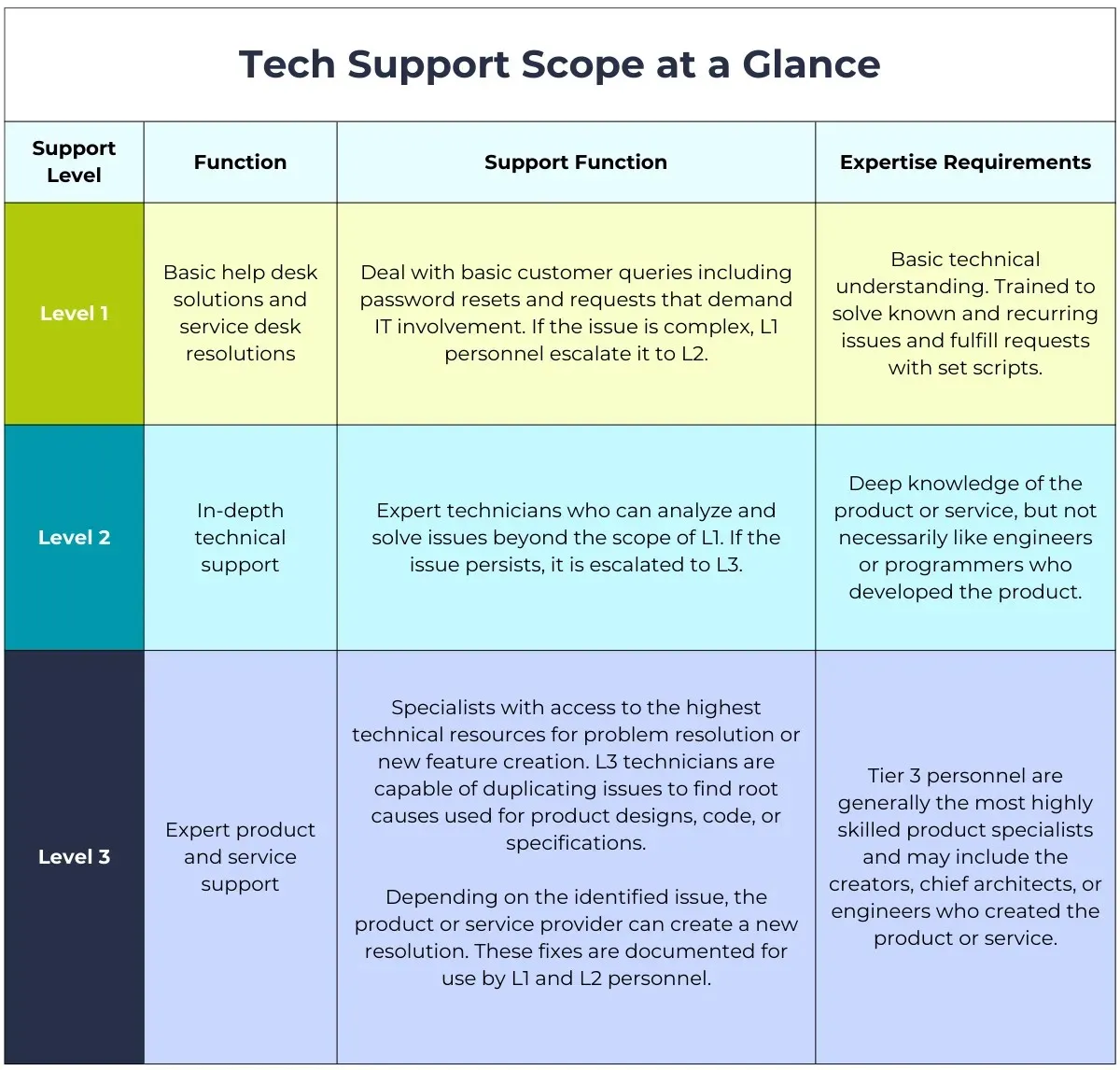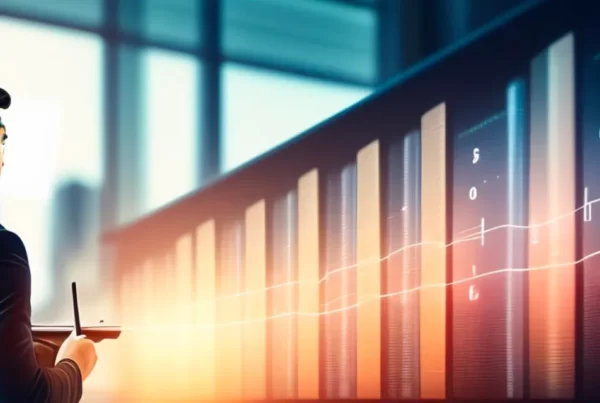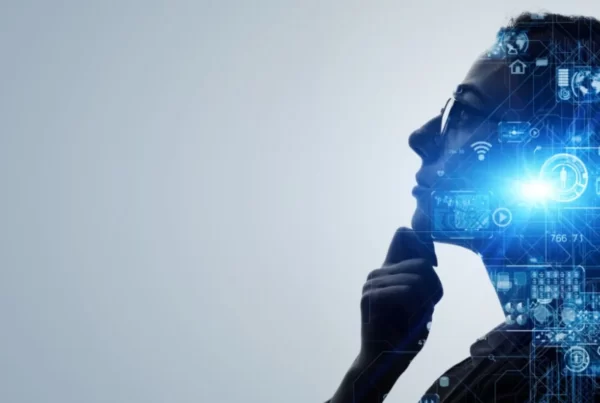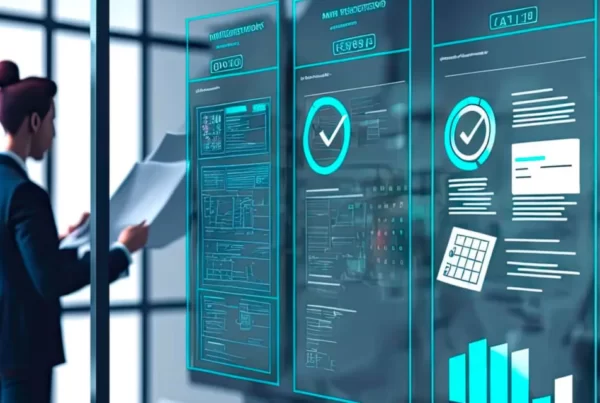
Structured Approach to Enhancing Customer Service Engagement
In the past few years, customer experience and engagement have climbed to become a top priority for businesses. It can be a major differentiator for brands and has exhibited the ability to assist in revenue and growth goals. Delivering robust tech support is directly aligned with improving CX and CSAT to facilitate long-term retention. Against this backdrop, your tech support can become necessary for business strategy.
However, customers may reach out to your support services for a range of reasons. They range from simple password resets to major outages or digital transformation assistance. IT tech support infrastructure can be built in-house or outsourced for easier scalability and specialization. Adapting a tier-based tech support model can help manage customer queries based on how much assistance and technical expertise is required to solve the issue.
From e-commerce platforms to healthcare systems, businesses rely heavily on their IT infrastructure to function efficiently. Any disruption or downtime in these systems can have significant consequences, ranging from financial losses to damage to the brand’s reputation. Furthermore, tech support goes beyond simply resolving technical issues; it also plays a crucial role in empowering users to make the most of the available technology. Whether providing training on new software applications or offering guidance on best practices for cybersecurity, knowledgeable and responsive tech support teams can empower users to leverage technology effectively to achieve their goals.
Benefits of Tier-based Tech Support
Implementing a tiered approach to IT support offers numerous advantages for your contact center. It enables them to address issues while optimizing resources efficiently. With a dedicated team and a centralized platform for handling all IT requests, businesses can respond to issues promptly and in an organized manner. This tiered strategy enables effective communication between the help desk team and end users, ensuring that no request falls through the cracks and that all issues are addressed in a timely fashion.
A tiered strategy for IT support offers numerous advantages. Below are some of the key benefits of adopting tiers in IT help desk support:
- Centralized Management of IT Requests: With a dedicated team and a centralized platform to manage all IT requests, your company can promptly and systematically address issues. This centralized method simplifies processes and enhances communication between the help desk team and end users.
- Streamlined Workflow: The tiered support structure enables the efficient distribution of tasks to the appropriate support levels. This ensures that each support tier can concentrate on its specialized area, resulting in quicker issue resolution and overall enhanced efficiency.
- Proactive Incident and Problem Resolution: Through a tiered support system, your IT team can preemptively identify and resolve potential issues before they escalate, minimizing disruptions to business operations. This proactive approach also aids in recognizing patterns and trends, enabling your team to implement preventive measures.
- Enhanced Employee Satisfaction: Delivering prompt and effective IT support can greatly improve the overall employee experience. By swiftly resolving issues and proactively tackling potential problems, your IT team ensures that employees have the necessary tools and resources to perform their tasks seamlessly.
- Establishment of Efficient Standard Operating Procedures: A tiered support system empowers your IT team to establish transparent and efficient standard operating procedures for managing various issues. This fosters consistency in technical assistance and allows for continual refinement and improvement of processes.
- Adherence to Service Level Agreements (SLAs): Implementing a tiered support structure enables your company to meet its IT support service level agreements (SLAs). This ensures customer satisfaction and safeguards your business from potential penalties associated with SLA breaches.
- Accurate Monitoring and Reporting: A tiered support system facilitates precise and reliable monitoring and reporting of IT support metrics. This data can be utilized to pinpoint areas for improvement and ensure that your IT team consistently meets performance objectives.
L1, L2, L3 – Scope and Function

Level 1 Support
Level 1 or tier 1 support, simply known as L1 or T1, functions as the initial contact for end-users requiring technical assistance. Its main task is to handle straightforward queries and resolve basic issues, such as password resets, software installations, and general troubleshooting. Acting as the frontline, L1 or T1 provides swift solutions for common and repetitive IT-related problems.
Roles and Responsibilities:
- First point of contact: L1 support promptly addresses common user issues, serving as the initial point of assistance.
- Basic troubleshooting: L1 handles routine problems like software installations, account setups, and general inquiries from users.
- Ticket routing: L1 support accurately categorizes and escalates issues to higher support levels when needed.
Other Functions:
- Prioritizing, routing, and categorizing incidents reported by clients.
- Recording user requests and relevant data.
- Monitoring server notifications and updates.
- Responding to customer voice calls and emails to resolve issues.
- Performing essential MS Office and Google Suite troubleshooting.
- Troubleshooting basic issues such as printer malfunctions.
- Creating tickets to escalate to Level 2 support whenever needed.
Level 2 Support
Transitioning to a more specialized level, L2 or Level 2 (also known as T2 or Tier 2) support handles issues beyond basic troubleshooting. L2 technicians possess a deeper understanding of systems and applications, addressing more complex problems requiring advanced expertise. While L1 support focuses on swift resolutions, L2 support delves into technical complexities, offering detailed solutions often requiring specialized knowledge.
Roles and Responsibilities:
- Advanced troubleshooting: L2 support tackles complex technical issues, leveraging a deeper understanding of systems and applications.
- Specialized knowledge: L2 support technicians hold expertise in specific areas, enabling them to address intricate problems effectively.
- Collaboration with L1 support: L2 support works closely with L1 to provide guidance and insights for ongoing issue resolution.
- Escalation to L3 support: L2 support escalates challenges to L3 support when issues demand an even higher level of expertise.
Other Functions:
- Comprehensive technical assistance.
- Collaborate with ITIL technical management function.
- Engage in incident management activities.
- Provide necessary training for employees and staff.
- Manage complex issues like billing and refunds.
Level 3 Support
Level 3 or Tier 3 support, often referred to as L3 or T3, is the highest tier of technical support. Reserved for the most intricate and pressing matters, L3 support demands a mastery of expertise. These issues often involve intricate system structures, network setups, or advanced troubleshooting of software and hardware. L3 support holds significance in tackling challenges, coordinating with lower support tiers, and, when necessary, liaising with product developers or vendors to formulate thorough solutions.
Roles and Responsibilities:
- Expert troubleshooting: L3 deals with the most complex technical issues. Utilizing deep expertise in system architecture, network configurations, and advanced troubleshooting.
- Collaboration with L1 and L2 support: L3 support works alongside lower tiers, offering guidance and expertise whenever the need arises.
- Vendor or developer liaison: L3 support may collaborate with product developers or vendors to handle issues beyond the organization’s capabilities.
- Continuous improvement: L3 support implies the overall support processes, training materials, and documentation to elevate support capabilities continually.
Other Functions:
- Showcasing advanced proficiency within the Technical Management Function (TMF)
- Offering top-tier assistance for products or services and migration
- Tracking potential enhancements for ongoing product/service refinement
- Communicating customer points to product and development teams for feature enhancements
KPIs of Each Tech Support and Help Desk Tier
As the general service scope and expertise of all tier-based support levels are vastly different, support managers have set different parameters to monitor their performance and rate them. The key logic behind these different rating and performance metrics is to ensure all service agents are judged based on their level of expertise and support complexity. Besides, there’s also an aspect of which metrics matter more at which level. Handling times would matter more at T1, where issues are simpler and a faster resolution rate is expected. Whereas for L2, the escalation rate matters more.
L1 Key Performance Indicators
- First Call Resolution (FCR): The FCR indicates the proportion of inquiries resolved during the initial interaction with L1 support personnel.
- Average handling time (AHT): The handling times denote the speed at which IT support teams resolve an issue, including the initial contact to resolution or escalation.
- Ticket volume: The total volume of tickets to assess the rate of resolution and overall workload on L1 support personnel within a specified period.
- Customer Satisfaction Scores (CSAT): CSAT gauges client feedback regarding their interactions with an L1 support agent.
- Service Level Agreement (SLA) compliance: An SLA outlines the agreed-upon terms between a business and its customer. It exhibits how frequently the L1 agents resolve issues within the predefined timeframes.
L2 Key Performance Indicators
Including the KPIs of L1 agents, the performance of L2 agents is also measured based on these parameters:
- Knowledge utilization: This term refers to how effectively L2 specialists apply their expertise and utilize all internal resources available to them. A low utilization rate may indicate the presence of departmental barriers, insufficient technical knowledge, or incorrect operational procedures.
- Customer retention: Your retention rate measures the percentage of customers who continue to use a product or service following the resolution of a technical issue. A high retention rate reflects the quality of issue resolution provided by L2 support.
- Team effectiveness: Success indicators such as the number of cases handled, average handling time per case, and the ratio of escalated cases determine the efficiency of the L2 team. A successful outcome suggests the presence of appropriate escalation channels, workload distribution mechanisms, and effective knowledge transfer from L1.
- Escalation rate: This metric compares the number of cases resolved by L2 representatives to the number of cases escalated to L3. A high escalation rate may indicate efficiency issues or the need for additional training, as only a small portion of cases should necessitate escalation to L3.
L3 Key Performance Indicators
- Mean Time To Resolution (MTTR): MTTR indicates how quickly L3 teams can identify and resolve high-level issues, such as data breaches.
- Backlog management: As the final line of defense, L3 support may have numerous ongoing cases. Backlog management measures the number of open cases and the overall rate of case completion.
- Development collaboration: Specialized metrics like enhancement reports reveal the effectiveness of collaboration between L3 support technicians and development teams.
- Proactive identification: The rate of identifying issues, notifying customers, and proactively defending against threats showcases the diligence of L3 technicians in ensuring a stable customer experience.
Before and Beyond L1-L3 Support
L1-L3 are the most common tech support tiers, but constantly evolving customer demands, CX trends, and tech innovations are opening new possibilities for customer engagement. To this end, it’s critical to ensure that the scope of your tech support and help desk is not limited to T1-T3. AI innovations are having a transformative impact to enhance these support functions. Let’s explore what lies beyond L1-L3 help desk support.
Tier 0 – Self-Service
CX today isn’t just about delivering quality support whenever a customer contacts. It’s also about enabling customers with proactive and ever-present support, irrespective of your support team’s availability. Self-serve options such as FAQs, customer forums, chatbots, and IVRs have existed for a long time to address this. With the latest AI innovations, these can elevated to the next level.
Self-help and user-retrieved information from webpages or apps, including FAQs, detailed product and technical information, knowledge base articles, blog posts, user manuals, and search functions, enable the users to get help without involving IT staff. Customers also use emails, customer forums, and social media platforms to contact support. Level 0 support saves valuable time for more experienced technical specialists, allowing them to focus on more complex tasks and decrease call volumes.
At this level, customer-to-employee interaction is minimal or nonexistent. It also increases agent satisfaction who do not have to interrupt their work to answer phone calls constantly. A major chunk of the staff requirements is needed to design, develop, and maintain webpages and apps. Some marketing and support professionals engage with customer forum moderation or communication through email or social media. A few personnel are needed to classify and filter requests based on complexity and improve routing, but that can be automated with the latest AI solutions.
Tier 4 – Outsourcing
Tier 4 support serves as an external resource for addressing issues beyond the scope of internal support within an organization. This level of support typically involves contracted assistance for items or services not directly managed by the company, such as printer support, vendor software assistance, machine maintenance, and other outsourced services. When problems or requests arise in these areas, they are forwarded to Tier 4 support for resolution, with the organization overseeing the implementation process.
Preferred vendors and business partners are often engaged to provide specialized support for the products or services offered by the company. Tier 4 support is particularly relevant in scenarios where a parent organization outsources services, requiring external technical expertise that the company does not directly provide. Specialists at this level may also play a role in refining products to enhance their functionality and performance.
Conclusion
The tier-based tech support emerges as a cornerstone in ensuring seamless operations within organizations. By structuring support teams into distinct levels, companies can efficiently manage the complexity of technical issues, ensuring swift and effective resolution at each level. This tiered approach not only optimizes workflow and resource allocation but also enhances the overall CX by providing specialized assistance tailored to the specific needs of users.
Outsourcing tech support can effectively streamline operations and access specialized expertise. By partnering with external service providers such as Vsynergize, organizations can tap into a vast pool of technical knowledge and resources, often at a lower cost than maintaining an in-house support team. Outsourcing also offers scalability, allowing companies to adjust support capacity according to fluctuating demand without the overhead of hiring and training additional staff.
In today’s fast-paced business environment, where downtime can have significant repercussions, tier-based support and outsourcing stand out as indispensable strategies for maintaining operational efficiency and delivering exceptional customer service. By embracing these approaches, companies can stay ahead of the curve, ensuring smooth sailing even in the face of technical challenges.




Наиболее актуальные новости мировых подиумов.
Актуальные события лучших подуимов.
Модные дома, торговые марки, высокая мода.
Приятное место для стильныех хайпбистов.
https://sneakerside.ru/